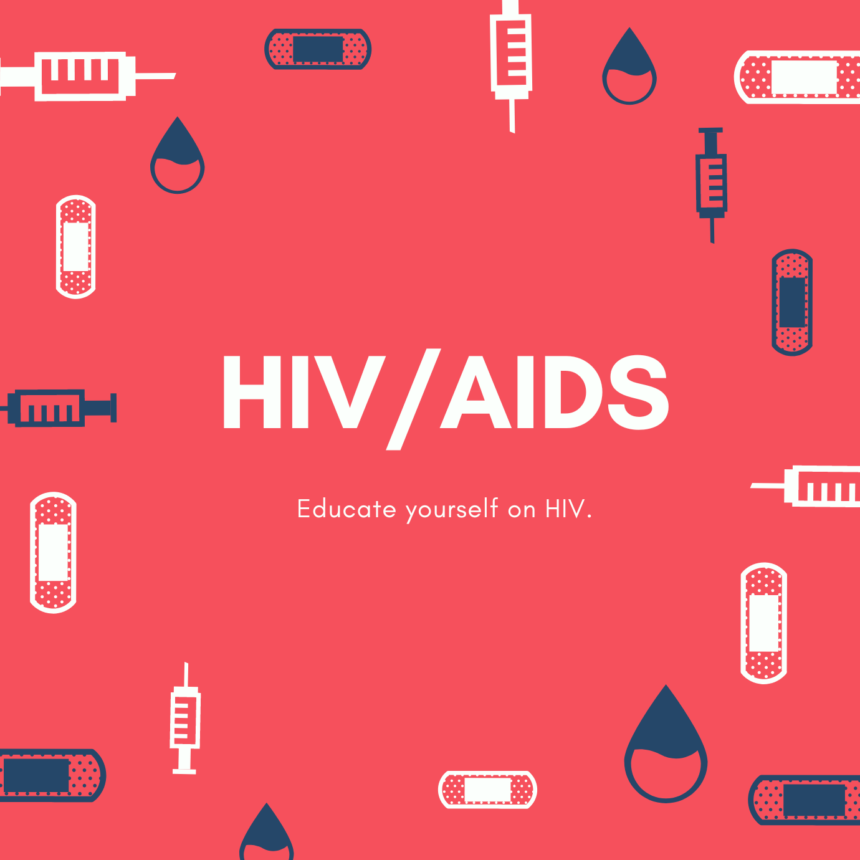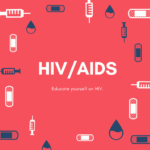This article explores the significant advances in HIV treatment, with a focus on antiretroviral therapy (ART) and emerging treatment approaches that go beyond traditional therapy.
- Introduction to HIV Treatment: The article begins with a brief overview of the importance of early HIV treatment and the goals of therapy, including suppressing viral replication, preserving immune function, and improving overall health and quality of life.
- Antiretroviral Therapy (ART): The article delves into the cornerstone of HIV treatment, ART. It explains the different classes of antiretroviral drugs, such as nucleoside reverse transcriptase inhibitors (NRTIs), non-nucleoside reverse transcriptase inhibitors (NNRTIs), protease inhibitors (PIs), integrase inhibitors (INSTIs), and entry inhibitors. The article highlights the importance of combination therapy to prevent drug resistance and improve treatment outcomes.
- ART Effectiveness and Benefits: This section discusses the effectiveness of ART in reducing viral load to undetectable levels, which not only improves the health of individuals living with HIV but also reduces the risk of HIV transmission to others. The concept of “Undetectable = Untransmittable” (U=U) is emphasized.
- Adherence and Challenges: The article addresses the importance of adherence to ART and the challenges individuals may face in adhering to a lifelong treatment regimen. It provides tips and strategies to support medication adherence.
- Long-Acting Antiretrovirals: The article explores the recent development of long-acting antiretroviral drugs that offer extended dosing intervals, potentially reducing the burden of daily pill-taking and enhancing treatment adherence.
- Treatment as Prevention (TasP): This section explains the concept of TasP, which involves using ART to prevent new HIV infections. It discusses how widespread ART coverage can have a significant impact on reducing HIV transmission at the population level.
- Combination Prevention Approaches: The article highlights the importance of combining different prevention approaches, such as TasP, pre-exposure prophylaxis (PrEP), and harm reduction programs, to achieve the greatest impact in controlling the HIV epidemic.
- Emerging Therapies and Approaches: The article explores promising emerging therapies beyond traditional ART, such as gene editing techniques like CRISPR/Cas9, broadly neutralizing antibodies, and therapeutic vaccines. It discusses their potential role in advancing HIV treatment and finding a cure.
- Addressing Treatment Disparities: This section emphasizes the need to address treatment disparities, ensuring that all individuals living with HIV have equal access to life-saving medications and treatment options.
- The Road Ahead: The article concludes by discussing the ongoing research efforts and the commitment of the scientific community to continue advancing HIV treatment and ultimately finding a cure for HIV.
By highlighting the importance of ART and the latest advancements in HIV treatment, this article aims to provide hope and empowerment to individuals living with HIV while raising awareness about the critical role of treatment in controlling the HIV epidemic. It encourages readers to stay informed about the latest developments in HIV treatment and support ongoing research efforts towards finding new and innovative therapies for HIV/AIDS.









